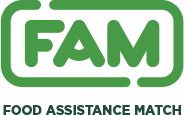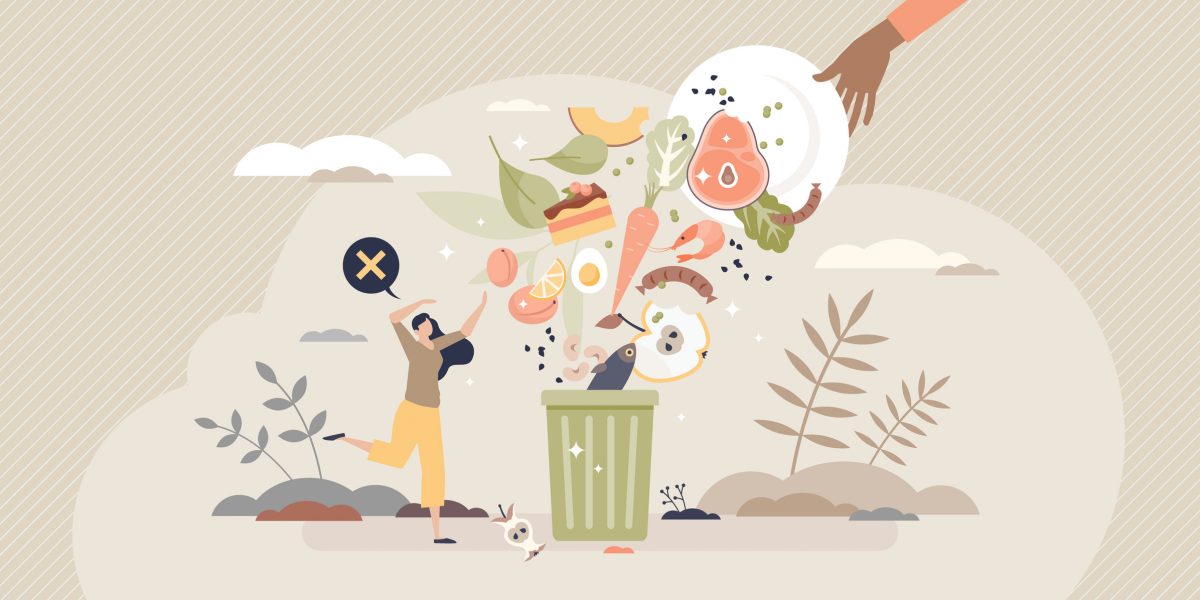Table of Contents
Food waste and food insecurity might seem like two distinct issues, but they are deeply interconnected. Every year, millions of tons of food are wasted, a stark contrast to the millions of people who struggle to find their next meal. By addressing food waste, we can also make a significant impact on food insecurity, helping to distribute more food to those in need and ensuring that everyone has access to nutritious meals. Here are some tips for reducing food waste at home and understanding how these efforts benefit the wider community.
Understanding the Connection
- Food Waste: It’s estimated that about a third of all food produced globally is lost or wasted. In the United States alone, this amounts to approximately 108 billion pounds of food wasted per year, which is about 40% of the total food produced. This waste occurs at various stages of the food supply chain, from farms and manufacturing to retail and consumer levels.
- Food Insecurity: Concurrently, millions of people, including many in our own communities, face food insecurity — the lack of consistent access to enough food for an active, healthy life. In the U.S., over 38 million people, including 12 million children, are food insecure.
Reducing food waste is not just an environmental imperative; it’s a crucial step in feeding the hungry and improving food security in our communities.
Tips for Reducing Food Waste at Home
Plan Your Purchases
- Meal Planning: Before you shop, plan your meals for the week. Buy only what you need, which reduces the impulse purchases that often end up being wasted.
- Shopping List: Stick to a shopping list based on your meal plan. This approach minimizes the chances of buying too much and ensures you use what you buy.
Understand Expiration Dates
- “Best Before” vs. “Use By”: Learn the difference between “best before” and “use by” dates. “Best before” is about quality — the food is still safe to eat after this date, though it may not be at its best. “Use by” is about safety — you should consume the food by this date.
- Sniff Test: Use your senses to judge whether food is spoiled, not just the dates on the packaging. Often, foods like yogurt, fruits, and vegetables are still good past their “best before” dates.
Store Food Properly
- Optimize Your Fridge: Keep your refrigerator and freezer at the right temperatures (fridge at or below 40°F and the freezer at 0°F) to maximize the shelf life of your food.
- Correct Storage: Store fruits and vegetables in the right places to prevent premature ripening. For example, don’t store bananas near apples, as apples release ethylene gas that speeds up the ripening process of other produce.
Use It All
- Creative Cooking: Use every part of the food. For example, beet greens can be sautéed, and broccoli stems can be turned into slaw.
- Leftovers: Transform leftovers into new meals. For instance, use last night’s roasted chicken in a soup or salad the next day.
Compost Food Scraps
- Composting: Instead of throwing away food scraps like vegetable peels, eggshells, and coffee grounds, compost them. Composting returns nutrients to the soil and reduces the amount of garbage in landfills.
Donate Unused Food
- Local Food Banks: If you have non-perishable items that you won’t use, consider donating them to local food banks or community fridges.
- Share with Neighbors: Apps like Olio allow you to share excess food with your neighbors, reducing waste and building community connections.
The Community Benefit
By reducing food waste at home, you’re contributing to a larger effort to combat food insecurity:
- More Resources for Food Banks: Less waste means more food can be redirected to those in need rather than ending up in landfills.
- Economic Savings: Households save money by buying and wasting less, which can be redirected to other essential needs.
- Environmental Impact: Reducing food waste also diminishes the greenhouse gas emissions associated with the production, transportation, and decomposition of wasted food, contributing to a healthier environment.
A Simple Recipe: Farmers Market Vegetable Soup
To put these principles into practice, here’s a simple, adaptable recipe that uses up vegetables and ensures you’re making the most of your purchases from the farmers market.
Ingredients:
- 1 tablespoon olive oil
- 1 onion, diced
- 2 cloves garlic, minced
- 3 carrots, diced
- 2 stalks celery, diced
- 1 zucchini, diced
- 1 bell pepper, diced
- 2 tomatoes, diced or 1 can (14 oz) diced tomatoes
- 4 cups vegetable or chicken broth
- 1 teaspoon dried basil or 1 tablespoon fresh basil, chopped
- 1 teaspoon dried oregano or 1 tablespoon fresh oregano, chopped
- Salt and pepper, to taste
- Optional: Any other leftover vegetables like spinach, kale, potatoes, etc.
- Optional: 1 cup cooked beans or lentils
Instructions:
- Sauté the Base: In a large pot, heat the olive oil over medium heat. Add the onion and garlic, and sauté until the onions become translucent.
- Add the Harder Vegetables: Add carrots and celery, and cook for about 5 minutes until they begin to soften.
- Mix in Zucchini and Peppers: Add zucchini and bell pepper, cooking for another few minutes.
- Add Tomatoes and Broth: Stir in the tomatoes and broth. Bring the mixture to a boil.
- Simmer: Lower the heat, and add basil, oregano, salt, and pepper. Simmer for about 20 minutes.
- Add Leafy Greens and Beans: If using, add spinach, kale, and cooked beans or lentils. Simmer for another 5 minutes or until everything is heated through.
- Adjust Seasonings: Taste and adjust the seasoning as needed. Serve hot.
This soup is perfect for using up any leftover vegetables and can be easily adapted to include whatever you have on hand. It’s nutritious, satisfying, and helps you make the most of your farmers market finds!
Conclusion
By taking small steps to reduce food waste at home, you’re making a significant impact on food insecurity and helping to create a more sustainable and equitable food system. Every bit of food saved from waste is a step toward a better, more food-secure community. Let’s continue to work together to turn these challenges into opportunities for improvement and growth.

